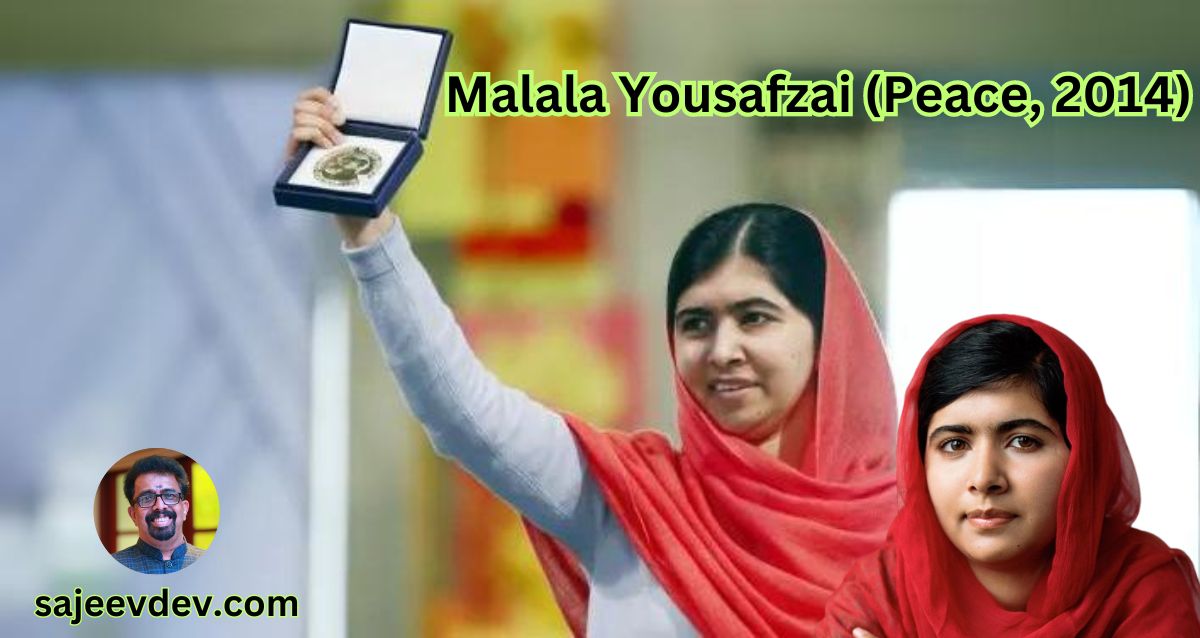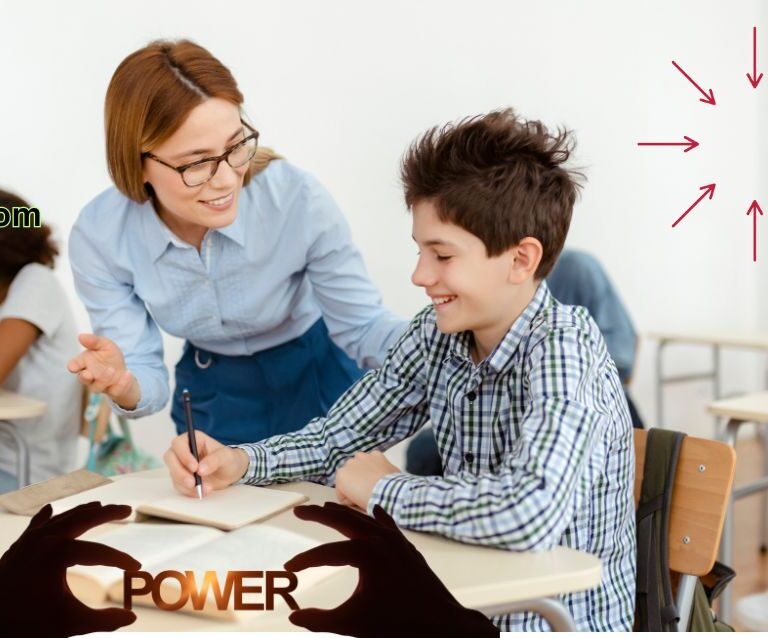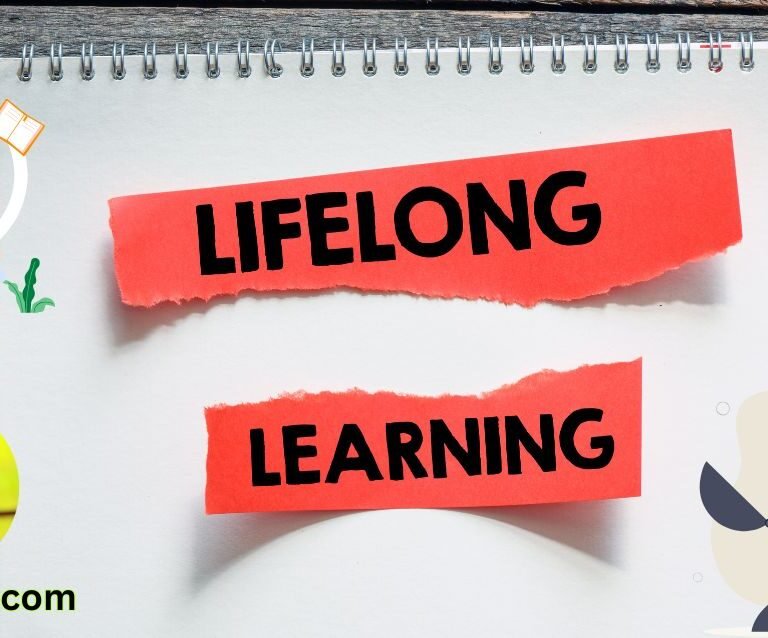Malala Yousafzai was born on July 12, 1997, in Mingora, Swat Valley, Pakistan. Growing up in a region where access to education, particularly for girls, remained limited, Malala developed a keen awareness of the power of education from an early age
Malala Yousafzai was born on July 12, 1997, in Mingora, Swat Valley, Pakistan. Growing up in a region where access to education, particularly for girls, remained limited, Malala developed a keen awareness of the power of education from an early age. Inspired by her father’s role as an educator and his dedication to advancing schooling for girls, she began to express her desire for education, despite the cultural and political challenges surrounding her.
Her journey into advocacy began in 2009 when, under a pseudonym, she started writing a blog for the BBC Urdu, chronicling her life under Taliban rule and the pervasive challenges faced by girls seeking an education. During this period, the Taliban’s oppression intensified, and schools for girls were threatened. Yet, her courage and determination shone through as she eloquently articulated the importance of education, drawing international attention to her plight and that of other girls in her region.
Malala’s growing visibility as an advocate for girls’ education garnered both support and hostility, culminating in a tragic incident on October 9, 2012, when she was targeted and shot by a Taliban gunman. This brutal attack sparked global outrage, elevating her status as a beacon of hope and a symbol of resilience. After recovering, Malala continued her campaign, drawing attention to the struggles faced by girls worldwide in obtaining an education. Her unwavering commitment and courageous voice have made her an influential advocate on the global stage, inspiring millions to support girls’ education initiatives around the world.
The Taliban Attack: A Turning Point
On October 9, 2012, Malala Yousafzai was targeted by the Taliban in a brutal assassination attempt that significantly altered the trajectory of her life and the global discourse surrounding girls’ education. That fateful day, Malala, then a 15-year-old advocate for women’s rights, was traveling home from school in the Swat Valley region of Pakistan when a gunman boarded her school bus. He demanded to know which girl was Malala Yousafzai and subsequently shot her in the head, a heinous act intended to silence her voice and deter others from speaking out on education issues.
The attack was not only an affront to Malala but also symbolized broader threats faced by girls seeking education in regions affected by extremism. Following the incident, immediate medical attention saved her life; she was flown to the UK for advanced treatment. While the attack was a personal tragedy, it sparked international outrage and a groundswell of support for Malala’s mission. Her resilience and determination emerged as beacons of hope, galvanizing activism for girls’ education worldwide.
The global outcry following the attack was immense, with leaders and organizations condemning the Taliban’s actions. Movements began to shape around Malala’s story, showcasing the dire need for educational rights and the significance of her advocacy. This pivotal moment spurred increased awareness and action on the issues concerning girls’ education globally. It ignited discussions to challenge societal norms and governmental policies, urging many to rally behind the cause. Malala’s identity as a symbol of courage and hope became firmly established, marking a turning point not just in her journey but in the ongoing battle for the rights to education for girls everywhere.
Becoming a Global Symbol of Resistance
Malala Yousafzai’s journey from a victim of violence to a leading advocate for girls’ education is a testament to resilience and determination. Born in Pakistan’s Swat Valley, she first expressed her passion for education at a young age, bravely defying the Taliban’s oppressive regime that sought to curtail education for girls. Malala’s activism began with her anonymous blog posts for the BBC Urdu, where she shared her experiences living under Taliban rule and the plight of young girls denied the right to education.
Her public stance against these injustices did not go unnoticed; however, it placed her in grave danger. In October 2012, Malala was shot by a Taliban gunman while on a school bus, intending to silence her voice. Yet, this horrific act only solidified her resolve and amplified her message to the world. After recovering from her injuries, Malala transformed her experiences into a powerful narrative that resonates globally, embraced by individuals and organizations that advocate for education equality.
Among her many achievements, Malala’s speech at the United Nations on her 16th birthday marked a pivotal moment in her ascent as a global symbol of resistance. She eloquently articulated the importance of education, stressing that “one child, one teacher, one pen, and one book can change the world.” This address united people worldwide, rallying them to support not only her cause but also the broader movement for girls’ education. Through her continuous efforts and powerful storytelling, Malala has galvanized support, inspiring millions to advocate for education as a fundamental human right. Her legacy extends beyond her homeland and embodies the fight against gender inequality globally, showcasing the essential role of education in empowering young women.
Nobel Peace Prize: A Historic Achievement
In 2014, Malala Yousafzai made history by becoming the youngest recipient of the Nobel Peace Prize at the tender age of 17. This prestigious accolade was awarded to her for her tireless advocacy for girls’ education, which has persisted despite the numerous challenges she faced, including an assassination attempt by the Taliban in 2012. The Nobel Committee recognized her as a symbol of the struggle for the right to education, an acknowledgment that not only validated her efforts but also amplified her voice on a global stage.
The Nobel Peace Prize is awarded based on criteria that include significant contributions to peace, human rights, and social justice. Malala met these criteria owing to her unwavering commitment to ensuring that girls around the world have access to education. By standing up against oppressive regimes that deny this fundamental right, she embodies the spirit of the prize. Her impact transcends borders, inspiring countless individuals and organizations to advocate for educational equity and to challenge discriminatory practices against girls and women.
Winning the Nobel Peace Prize has played a pivotal role in elevating Malala’s message. It has provided her with a platform to engage with world leaders, policymakers, and communities to push for legislative changes in educational policies. Additionally, it has brought attention to the ongoing struggles for girls’ education across various regions, highlighting that, despite progress, many girls continue to face barriers due to cultural, political, and socio-economic factors. As such, Malala’s achievement serves not only as a personal milestone but also as a beacon of hope, reminding the world that the fight for educational access for all girls is far from over.
Advocacy for Girls’ Education: A Global Movement
Malala Yousafzai has established herself as a prominent advocate for girls’ education, driving a global movement that emphasizes the importance of equitable access to education for young girls. Her advocacy efforts have sparked a worldwide conversation about educational disparities and gender inequality, leading to significant partnerships and initiatives aimed at addressing these issues. Through the Malala Fund, which she co-founded with her father, Ziauddin Yousafzai, Malala has been instrumental in funding educational programs that cater specifically to marginalized girls in various regions, especially in areas affected by conflict and economic instability.
One of the key initiatives supported by Malala includes the provision of scholarships and educational resources to girls who otherwise may not have the opportunity to receive formal schooling. This organization has successfully collaborated with established entities such as UNICEF and various local NGOs, facilitating strategic programs designed to empower girls through education. By working closely with these organizations, Malala’s advocacy leads to broader systemic change, addressing the root causes of educational inequity.
In regions such as Afghanistan and Nigeria, where educational access for girls has been particularly challenging, Malala’s efforts have yielded observable results. Community awareness programs, funded by the Malala Fund, have not only aimed to increase enrollment rates for girls but have also focused on changing societal norms that tend to hinder female education. The engagement of local leaders in these initiatives further amplifies their impact, ensuring that education for girls becomes a collective responsibility rather than an isolated effort.
The global movement championed by Malala Yousafzai has acted as a catalyst for change; it has galvanized support from numerous stakeholders across various sectors. As educators, policymakers, and advocates continue to rally support for girls’ rights to education, Malala’s influence remains a beacon of hope, inspiring a generation to pursue knowledge and equality relentlessly.
Challenges and Resistance in the Fight for Education
Despite the remarkable progress towards improving girls’ education globally, numerous challenges and resistance persist. These obstacles hinder the realization of universal education, particularly in regions where extremist ideologies remain prevalent. Malala Yousafzai’s efforts to promote education for girls have highlighted the ongoing threats posed by groups that oppose women’s rights to education. In regions such as parts of Pakistan, Afghanistan, and several areas in Africa, these extremist factions employ intimidation and violence to suppress educational initiatives, viewing women’s education as a direct challenge to their beliefs and authority.
Additionally, cultural and societal barriers play a significant role in resisting girls’ educational advancement. In many societies, traditional gender roles dictate that women should focus on familial obligations rather than pursue academic or professional aspirations. This cultural norm can lead to prioritization of boys’ education, perpetuating cycles of inequality. Families often face pressure from their communities regarding the perceived appropriateness of girls attending school, leading to a reluctance to invest in their education. Consequently, girls may be forced to drop out of school as they reach puberty, reinforcing existing gender disparities.
Furthermore, the implementation of policy changes aimed at enhancing girls’ education faces persistent challenges. Governments often lack the necessary infrastructure and funding to ensure girls’ access to quality education. Policies intended to improve education may not always be enacted effectively or can be hindered by corruption and lack of political will. The complexities involved in addressing systemic issues, such as poverty and inadequate resources, also exacerbate the situation. Thus, despite the efforts of advocates like Malala, achieving equitable education for girls continues to be met with significant hurdles. Understanding these challenges is crucial in fostering strategies that aim to combat resistance and support the right to education for all.
Media Representation and Impact
Malala Yousafzai’s journey has been extensively covered in various media outlets, contributing significantly to her image as a global advocate for girls’ education. The portrayal of Malala in documentaries, interviews, and news articles has profoundly impacted public perception and the broader discourse surrounding education rights. Documentaries like “He Named Me Malala” not only chronicle her life and struggles but also emphasize her resilience in the face of adversity. These visual narratives serve to humanize her experience, allowing audiences to connect emotionally with her story while highlighting the harsh realities many girls face globally.
Moreover, interviews with Malala often feature her unwavering commitment to education, reinforcing her message of empowerment. In these discussions, she articulates the importance of access to education for girls and shares personal anecdotes that underscore the necessity of fighting for this fundamental right. As a result, such media representations have elevated her status beyond that of a mere figurehead; she has become a symbol of hope and an inspiration for millions worldwide, particularly young girls striving for an education.
Furthermore, articles written about her life frequently explore the socio-political context surrounding her activism, placing her experiences within a broader narrative of global educational inequality. The continuous media coverage sustains public interest and fosters an ongoing dialogue about the challenges girls encounter in pursuing education. This sustained visibility has not only solidified Malala’s reputation but has also sparked initiatives aimed at creating lasting change regarding girls’ education, demonstrating the significant impact of media representation on societal values.
In conclusion, the portrayal of Malala Yousafzai in various media formats plays a crucial role in shaping her image as an icon of courage and resilience. Through her relatable narratives and articulate advocacy for education rights, Malala continues to inspire individuals and mobilize action towards achieving educational equity worldwide.
Legacy and Future of Girls’ Education
Malala Yousafzai’s legacy has left an indelible mark on the global landscape of girls’ education. As a fervent advocate for educational rights, her courageous stand against oppression has inspired countless individuals and movements centered on ensuring that every girl has access to quality education. The impact of her activism resonates far beyond her personal story; it serves as a beacon of hope for advocates worldwide who strive for educational equality. Her unwavering commitment continues to mobilize resources and attention toward the necessity of education as a fundamental human right.
The establishment of the Malala Fund stands as a testament to her dedication to improving girls’ education, particularly in regions plagued by conflict and systemic barriers. The fund not only provides financial support for educational initiatives but also champions the voices of young women globally, ensuring their stories and needs are heard. By investing in grassroots organizations and promoting local leadership, the Malala Fund is shaping a future where access to education is universal and equitable. This approach not only addresses the immediate barriers to education but also fosters long-term change by empowering future generations of female leaders.
Furthermore, Malala’s vision extends beyond educational access; she emphasizes the importance of quality education that promotes critical thinking, creativity, and leadership. As educational paradigms shift, her advocacy for comprehensive curricula is crucial. It encourages young people, particularly girls, to pursue their interests and talents, shaping a diverse workforce ready to tackle global challenges. With her story illuminating paths for young leaders across the globe, countless individuals are inspired to champion the cause of education with renewed vigor.
As we reflect on Malala Yousafzai’s legacy, it becomes evident that her influence will continue to guide advocacy efforts. The ongoing fight for girls’ education remains imperative, and her example serves as a powerful reminder of the impact one voice can have in creating systemic change. The future of girls’ education, fueled by her resilience, holds great promise for generations to come.
In reflecting on the inspiring journey of Malala Yousafzai, it becomes abundantly clear that her advocacy for girls’ education transcends her individual story and resonates as a universal call for justice and equality
In reflecting on the inspiring journey of Malala Yousafzai, it becomes abundantly clear that her advocacy for girls’ education transcends her individual story and resonates as a universal call for justice and equality. Malala emerged as a beacon of hope in the face of adversity, illustrating the profound impact that education can have on the lives of girls and, by extension, communities worldwide. Her courage under fire and commitment to the cause of education has galvanized a global movement, drawing attention to the inequalities that still persist in many corners of the world.
Despite the significant progress that has been made since Malala’s infamous attack, the reality remains that millions of girls are still deprived of their fundamental right to education. The barriers they face—ranging from cultural biases to socio-economic challenges—further emphasize the importance of advocacy and support for this cause. It is critical to recognize that ensuring education for all children, particularly girls, is not just a moral obligation but also a necessity for fostering sustainable development, economic growth, and social equality.
Therefore, it is imperative that we, as a global community, rally together in support of girls’ education. Individuals can contribute through various means, such as participating in advocacy campaigns, raising awareness within their networks, or supporting organizations dedicated to this cause. Engaging with Malala’s mission not only honors her legacy but also empowers future generations to seize their right to learn and thrive. The fight for education is ongoing, and every action counts—small or large. Let us take up the challenge to ensure that no girl is left behind in the pursuit of knowledge and opportunity.









